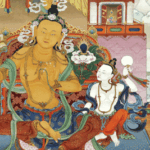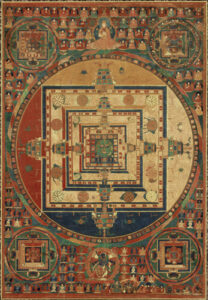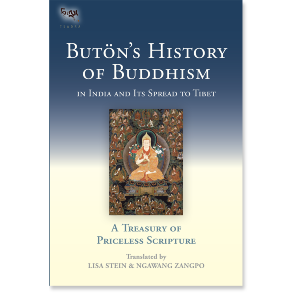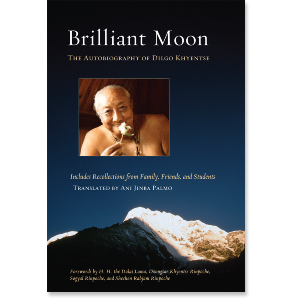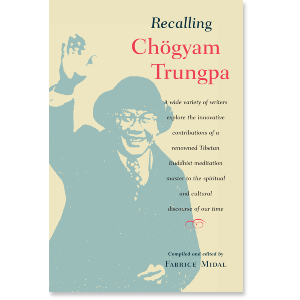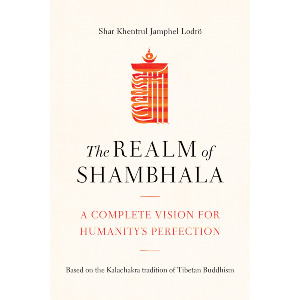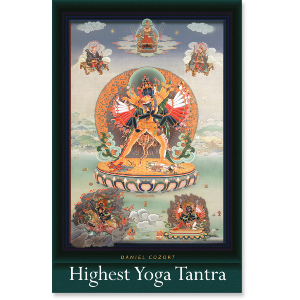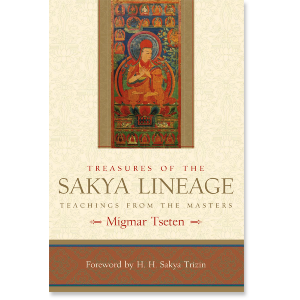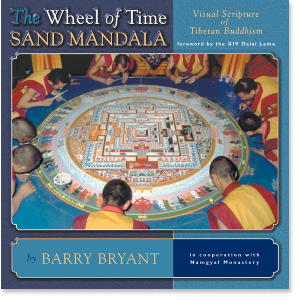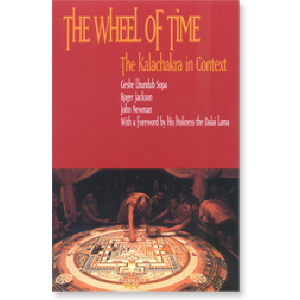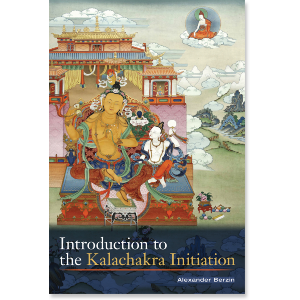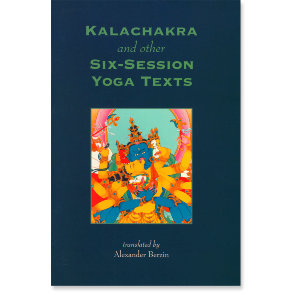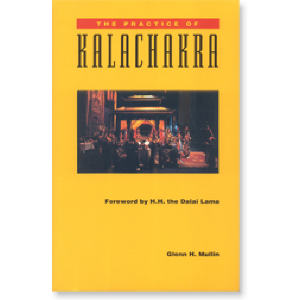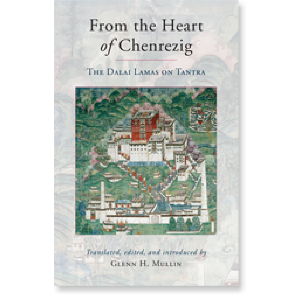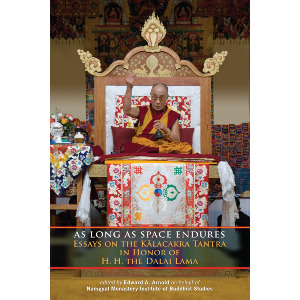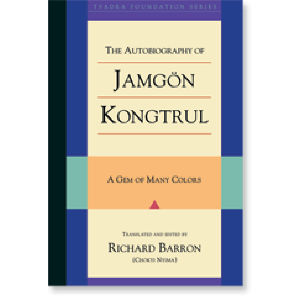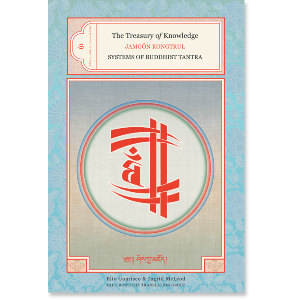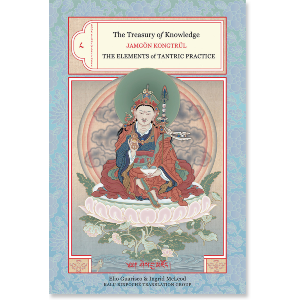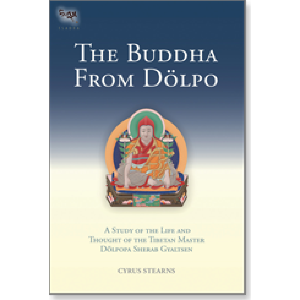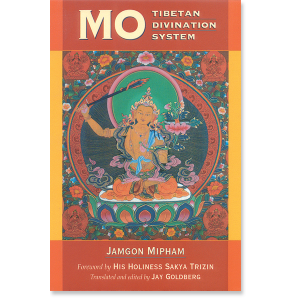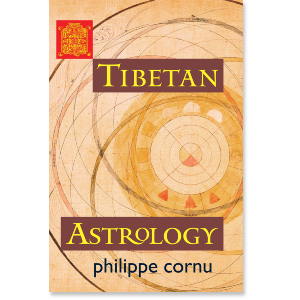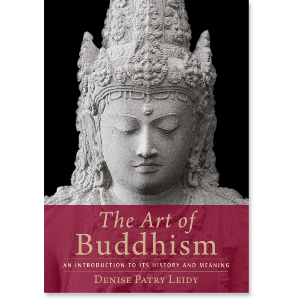What Is Kalachakra Tantra?
The Kalachakra, or “Wheel of Time,” tantra and cycles of teachings and practices are, on the surface, well known among practitioners and those interested in Tibetan Buddhism. Yet it is considered one of the highest teachings of tantra—a highly complex one where initiates take many years accomplishing the practice. The visualization for an advanced practitioner involves 722 figures in the mandala.
One of the reasons for its notoriety is that His Holiness the Dalai Lama has bestowed the initiation—which takes several days to complete—dozens of times in over ten countries to literally millions of people. For most in attendance it is considered a great blessing and not a springboard into the practice itself. As the Dalai Lama has said:
“The higher meditations of the Kalachakra tradition can be practiced only by a select few. But because of past and future events, and in order to establish a strong karmic relationship with Kalachakra in the minds of the people, there is now a tradition of giving the initiation to large public gatherings.”

